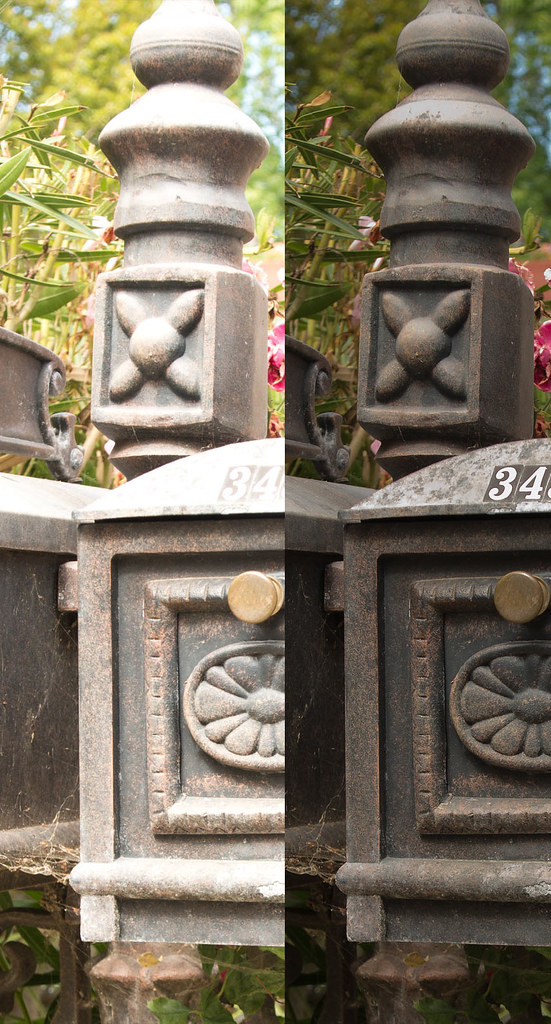Dynamic range and highlight recovery is often touted as one of the big benefits of MFD often exaggerated by vendors.
I recently decided to ditch MFD in favor of a combination of medium and large format film along with a high end 35mm DSLR.
Having seen some nice files I bought a D800.
Anyway I live in southern California and often shoot on location in the desert or at the beaches... I favor the beaches as I can go kitesurfing as soon as I finish shooting

I often shoot with the model under flags ... sort of an arch. Sometimes I add a key light or reflector.
With this setup and shooting full length I often need to recover background detail as it tends to be over exposed.
So I did a quick highlight recovery test and it exceeded my expectations.

It is going to be a real pleasure to shoot on location with this camera, not to mention the particular look of the 85mm 1.4G.
I thought I would be losing highlight recovery by ditching MFD, but that simply is not the case.
It may even be better than what I have been able to do with Phase One P series backs.
it's a bit hard to see with the size I posted, but there is still tonality in the white of the numbers on the letter box....